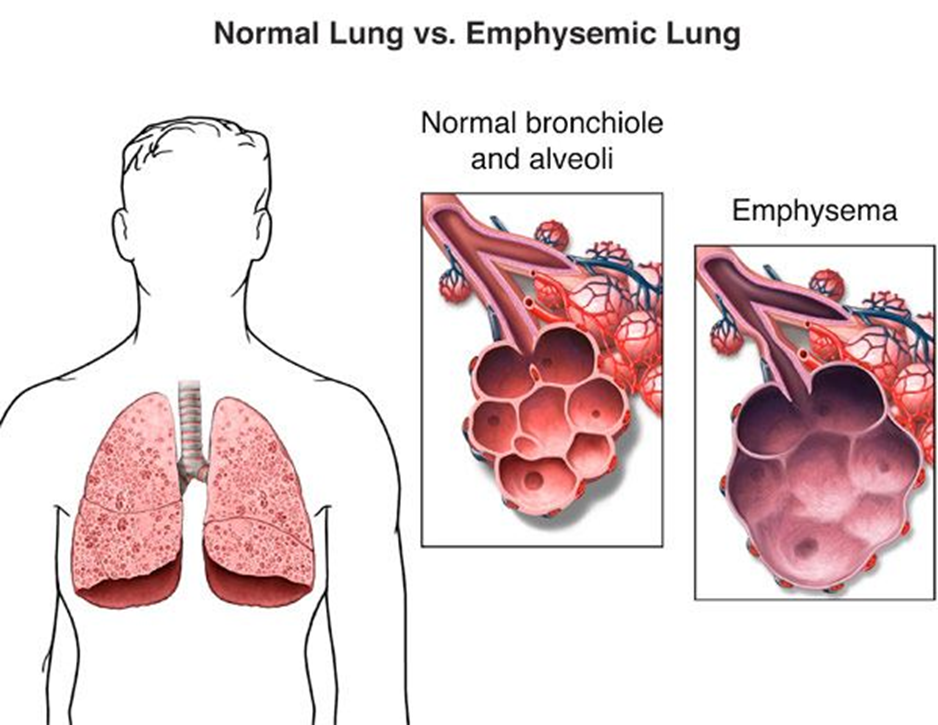A nurse is planning care for a client who has a radial fracture and a newly placed short arm cast on the left arm. Which of the following findings is the nurse's priority?
The client requires assistance with getting dressed.
The client reports numbness of the fingers of the left hand.
The client reports itching of the left arm.
The client has a pillow under their left arm.
The Correct Answer is B
Choice A reason: While requiring assistance with getting dressed is an important consideration in care planning, it is not the most immediate priority. The nurse should ensure that the client's basic needs are met, but this does not represent an acute medical concern.
Choice B reason: The client reporting numbness of the fingers of the left hand is the most urgent priority. Numbness can indicate neurovascular compromise or increased pressure within the cast, which could lead to further injury or complications such as compartment syndrome. Immediate assessment and intervention are required to prevent permanent damage.
Choice C reason: Itching of the left arm under the cast is a common complaint and can be uncomfortable for the client. However, it is not a priority over potential neurovascular compromise. The nurse can provide education on how to safely alleviate itching without compromising the integrity of the cast.
Choice D reason: Having a pillow under the left arm is part of proper positioning to reduce swelling and provide comfort. While it is a part of good nursing care, it is not a priority over signs of neurovascular compromise.
Nursing Test Bank
Naxlex Comprehensive Predictor Exams
Related Questions
Correct Answer is A
Explanation
Choice A reason: Administering oxygen at 2 L/min is appropriate for clients with emphysema who have hypoxemia. Oxygen therapy should be titrated based on the client's oxygen saturation levels to avoid suppressing the respiratory drive.
Choice B reason: The use of incentive spirometry is beneficial for clients with emphysema as it encourages deep breathing and helps prevent atelectasis. It is an appropriate intervention to include in the plan of care.
Choice C reason: Breathing exercises for clients with emphysema typically focus on prolonging the exhalation phase, not the inhalation phase, to improve airway clearance and reduce the work of breathing.
Choice D reason: Limiting fluid intake is not generally recommended for clients with emphysema unless there are specific contraindications. Adequate hydration can help thin secretions and improve mucus clearance.

Correct Answer is D
Explanation
Choice A reason: Petechiae on the chest are small, red or purple spots caused by bleeding into the skin and may be associated with various conditions, including infections. However, they are not a common finding in meningitis. Meningitis typically presents with symptoms related to inflammation of the meninges, the protective membranes covering the brain and spinal cord.
Choice B reason: Bradycardia, which is a slower than normal heart rate, is not a typical symptom of meningitis. While meningitis can affect various bodily functions, the classic symptoms are fever, headache, and neck stiffness, not changes in heart rate.
Choice C reason: Intermittent headache could be associated with meningitis, but the headaches that accompany meningitis are usually constant and severe due to the inflammation of the meninges. They are not typically described as intermittent.
Choice D reason: Photophobia, or light sensitivity, is a common finding in meningitis. The inflammation of the meninges can lead to an increased sensitivity to light, causing discomfort or pain when the patient is exposed to bright lights. This symptom, along with headache, neck stiffness, and fever, helps to distinguish meningitis from other conditions.
Whether you are a student looking to ace your exams or a practicing nurse seeking to enhance your expertise , our nursing education contents will empower you with the confidence and competence to make a difference in the lives of patients and become a respected leader in the healthcare field.
Visit Naxlex, invest in your future and unlock endless possibilities with our unparalleled nursing education contents today
Report Wrong Answer on the Current Question
Do you disagree with the answer? If yes, what is your expected answer? Explain.
Kindly be descriptive with the issue you are facing.
